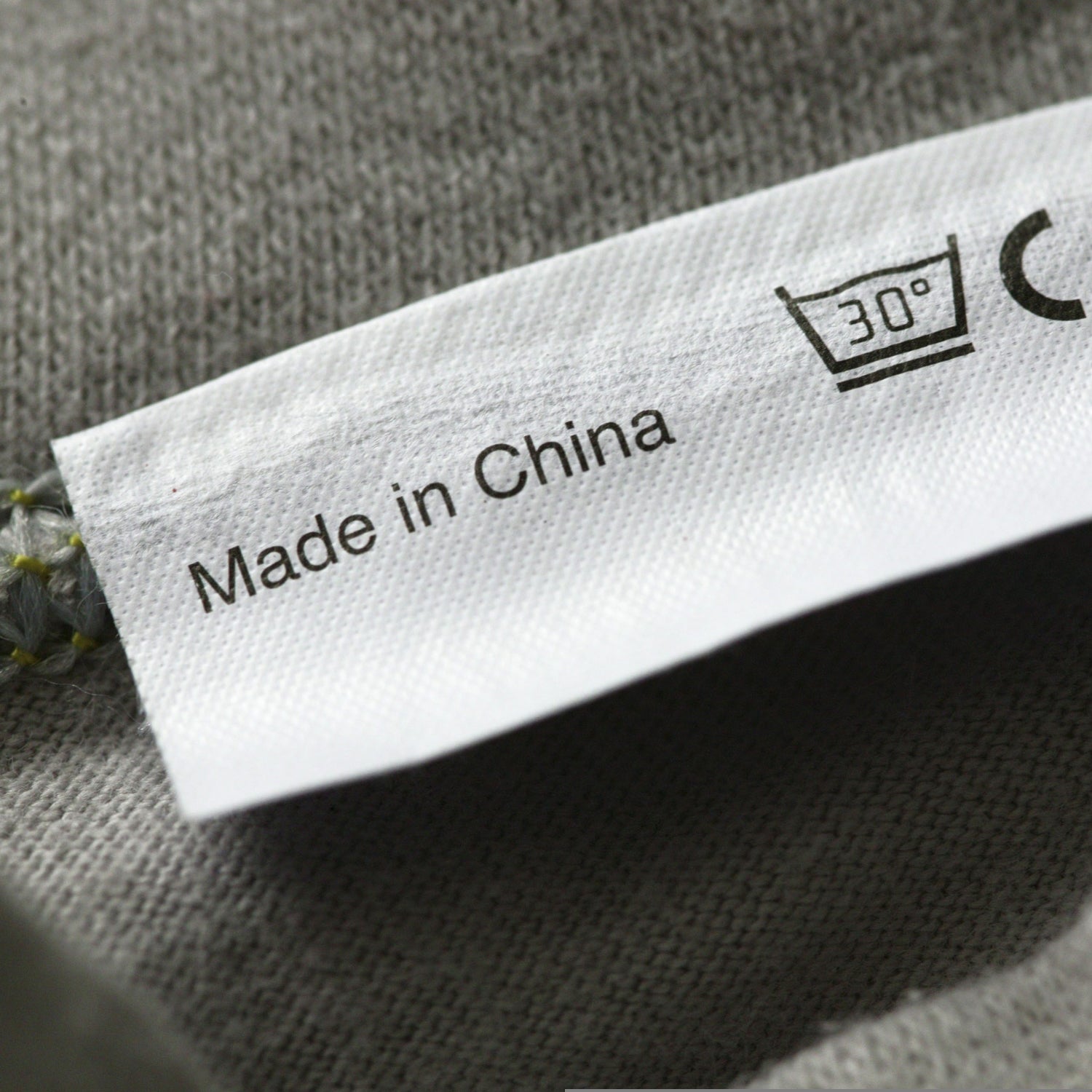In a 58-page released Tuesday, the White House listed hundreds of items imported from China that will be subjected to steep tariffs. Despite , outdoor gear and apparel are not on that list, but machines used in textile and footwear manufacturing are.
So what does that mean for the cost of your next gear purchase? Right now, the answer is murky. Most brands that make their products on these machines in the United States are likely still reexamining their supply chains, combing through the list of tariffed machinery (which ranges from “carding machines for preparing textile fibers” to “V-bed flat knitting machines, power driven, over 50.8 mm in width”) and trying to figure out if and how the tax will affect business. Most seem to be treating the topic with closed lips. L.L.Bean, Timbuk2, Keen, and Voormi did not respond to requests for comment. Outdoor Research declined to comment.
However, Dana Gleason, founder and CEO of the Montana-based backpack company , says he doesn’t think there’s much to be concerned about. “It’s actually a very minor thing,” Gleason says. He estimates that a complete sewing station costs roughly $3,000. With an extra 25 percent tariff added on, that comes to $3,750.
Mystery Ranch manufactures roughly half its product in a 100-person manufacturing plant that it owns in Bozeman and other contracting factories within the United States. “The minimum wage we would pay to a sewing-machine operator would be on the order of $30,000,” Gleason says. In comparison, the added $750 is minuscule.
Plus, considering these machines are so expensive and supposedly well-designed and well-built, an established factory or in-house manufacturing operation likely orders replacements only every few decades, if that. “I’ve had my favorite sewing machine for 20 years,” Gleason says. Similarly, Seattle-based company Therm-a-Rest just retired a homemade mattress-building machine it had been using for nearly 40 years.
“The only way this would have a substantial impact is if someone were trying to outfit a brand-new sewing center,” Gleason says. “Plus, all the machines that could be purchased in the next few months are already in-country,” and thus exempt from the new tariffs.
Trump’s tariff list also includes chairlifts, though it’s unlikely either of the two biggest chairlift manufacturers, Leitner-Poma and Doppelmayr, will be affected. On the phone, a representative from Doppelmayr said that the company has a U.S. manufacturing facility, and sources its parts from Austria. Likewise, Leitner-Poma has a factory in the United States, meaning part of its production is domestic, though the company didn’t respond or confirm whether any of its lift parts come from China.
In general, the consensus is that the outdoor industry won’t be hurt by the taxes. Rich Harper, director of trade policy at the Outdoor Industry Association, says he and his colleagues drew a breath of relief after they read through Tuesday’s release. Harper adds, however, that it’s just a preliminary list. The proposal is open to public comment through May 11, followed by a public hearing in Washington, DC, on May 15. The report says “interested persons” can comment “on the inclusion or removal of particular products on the list.” So, while outdoor gear and apparel are not on the list so far, there’s always the chance that they could be added on to a final version.
More broadly, Harper says he and the rest of OIA are still “concerned about using retaliatory tariffs to address legit intellectual property ,” and they plan to use the public comment period to voice those concerns, as well as to press Congress to leave outdoor gear out of it. It’s still unclear when a final list will come out. In the meantime, we can all rest easy knowing the price of our favorite gear will (probably) remain stable.


